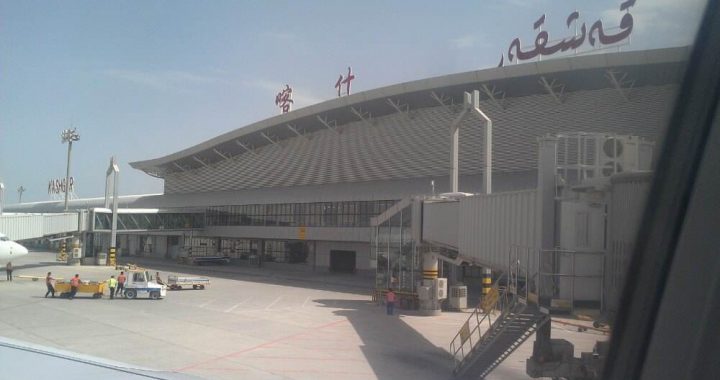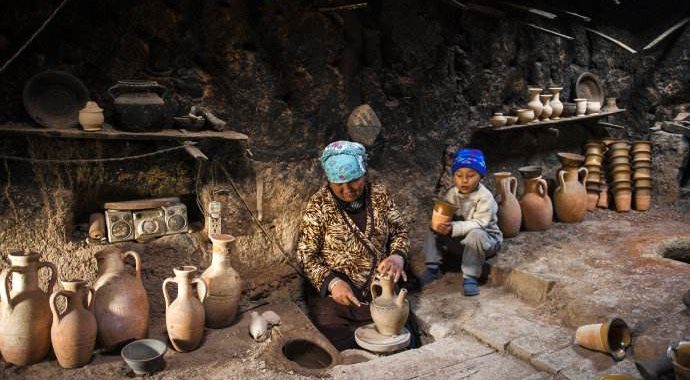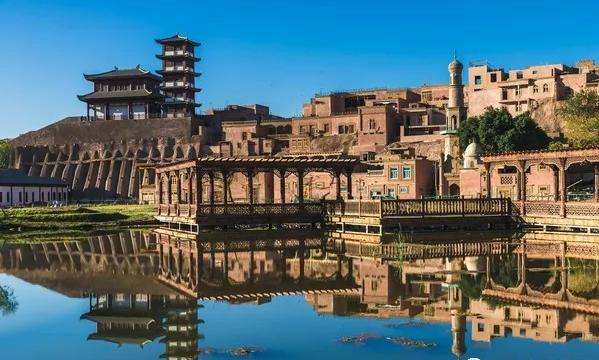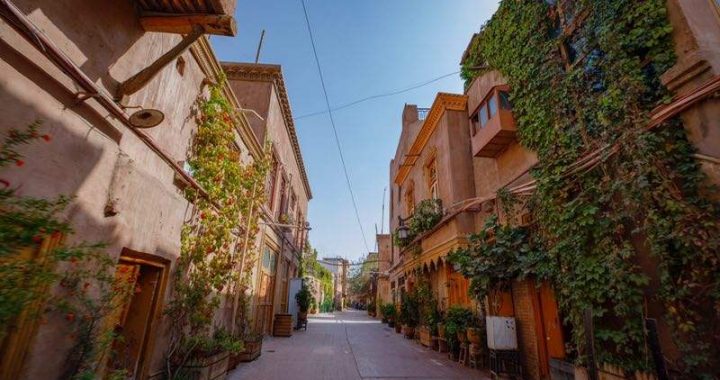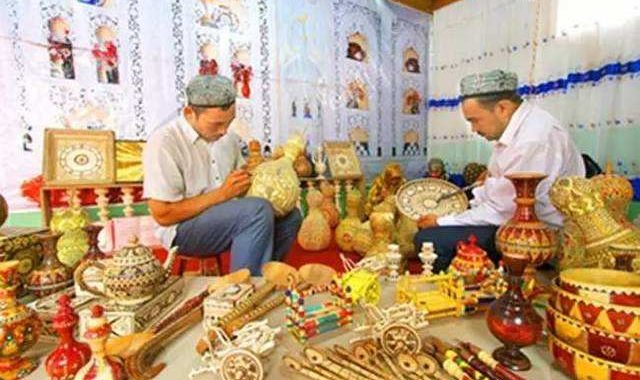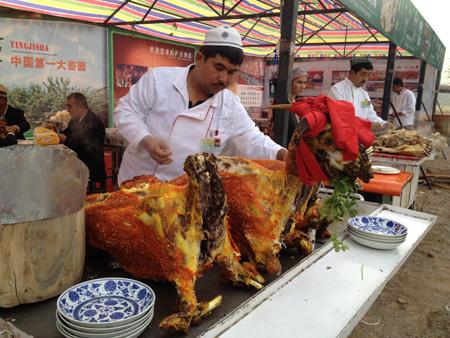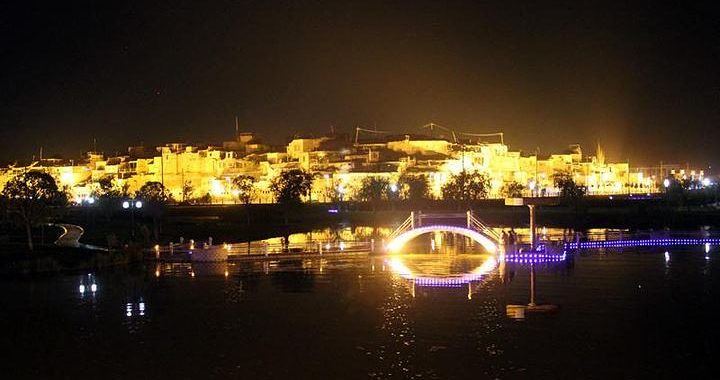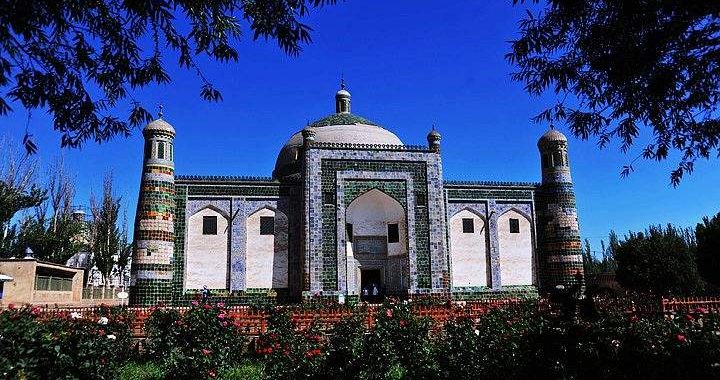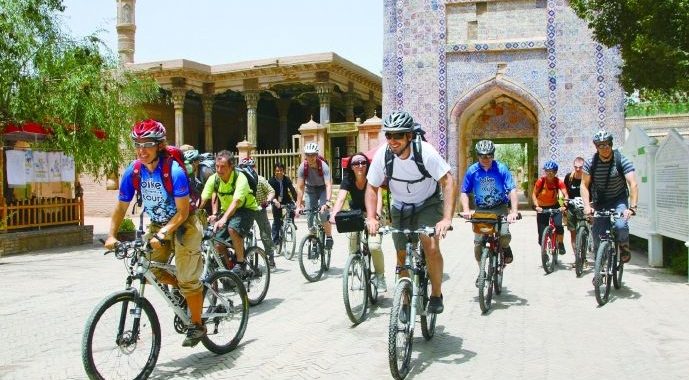Kashgar’s Desert Gem
3 min readStepping into Kashgar is like being transported into one of the thousand and one nights The Arabian Tales.
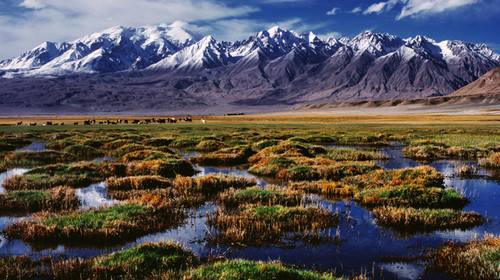
This far-flung city in the Xinjiang Uyghur Autonomous Region is a must-see for its beautiful scenery and intoxicating culture. Miraculously, modern China peels away to reveal the arresting sights, sounds, fragrance and atmosphere of a 2, 000-year-old Middle Eastern town. Open air markets hum with squawking livestock and the buzz of locals. Every so often, old mosques peep out from a labyrinth of well-worn, humble homes and rouse the neighborhood with calls to prayer. nestled beside the desolate Taklamakan Desert, which ominously means: those going in never return,” Kashgar is an oasis carved of sand and ston tone.ocated in a little cul-de-sac, framed by desert dunes and rolling mountains, Kashgar was once a last stop outfitting station and trading post for travelers and merchants plying the ancient Silk Road that linked China, India, Pakistan and the great Roman Empire. Today, trade continues to weave its timeless magic.
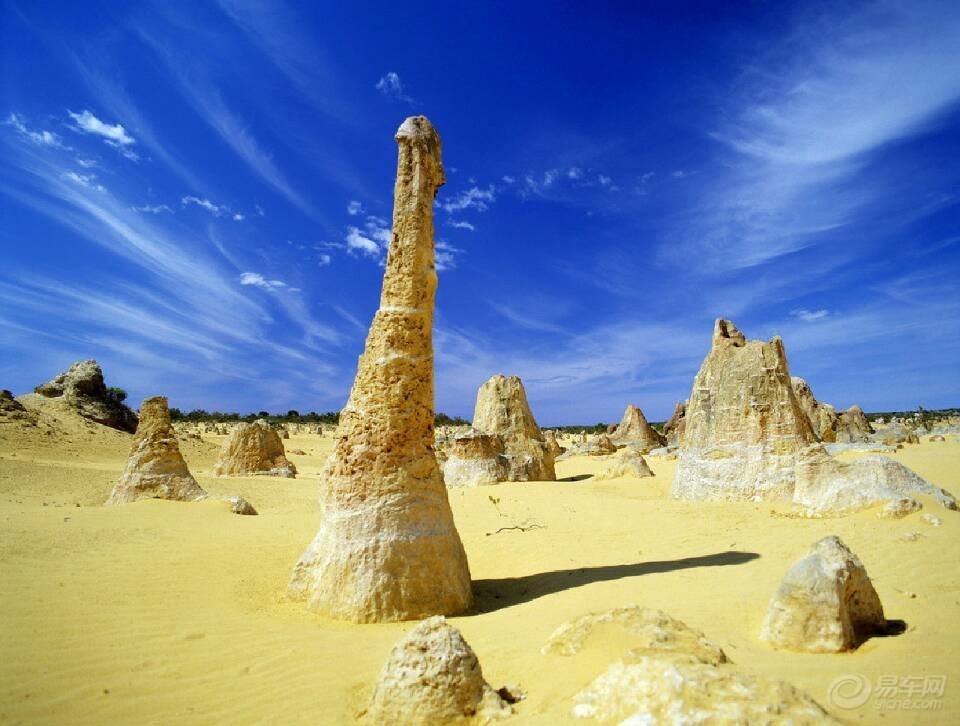
Kashgar’s local music instruments.
In the ancient enclave called the Old Townguicheng城), sinuous dirt paths barely strips, leather, pots of all shapes and sizes or caps for every occasion hang from rickety wooden beams -the same as it’s been for centuries. Newer shops announce their service on signboards in three languages: Uyghur, Chinese and English for the adventurous foreigner.
This mesmerizing Muslim city tucked away in China’s westernmost frontier brims with color and contrasts. Fridays and Saturdays may be quiet prayer days but when Sunday comes around, watch the city thrive with life. The entire community and visitors by the thousands throng Kashgar’s famed Sunday Market Kashgar is miles from nowhere, but the items that turn up at its markets are varied.At the weekly Animal Bazaar, fowl and various four-legged animals are scrutinized, prodded and traded. One or two donkeys may even be taken for a test drive.
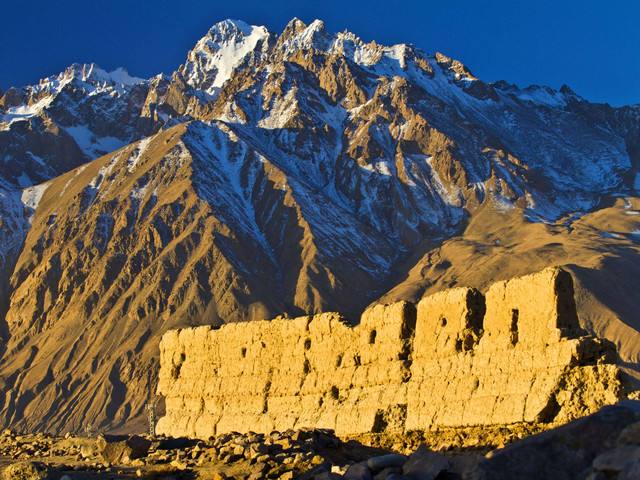
Observe the traders closely for their bargaining is an ancient art form; the sellers and buyers indicate their asking price and counter-price by scripting it into each other’s palms all the while shaking each other’s hand.
China’s ethnic groups live in Xinjiang and the majority can be found in Kashga belong to nomadic several from nearby mountain villages. Uyghurs, mostly Sunni Muslims,form the largest etl up. Be prepared for a melting pot of Central Asian faces that mingle harmoniously in street corners and in the maze of roadside stalls and teahouses.
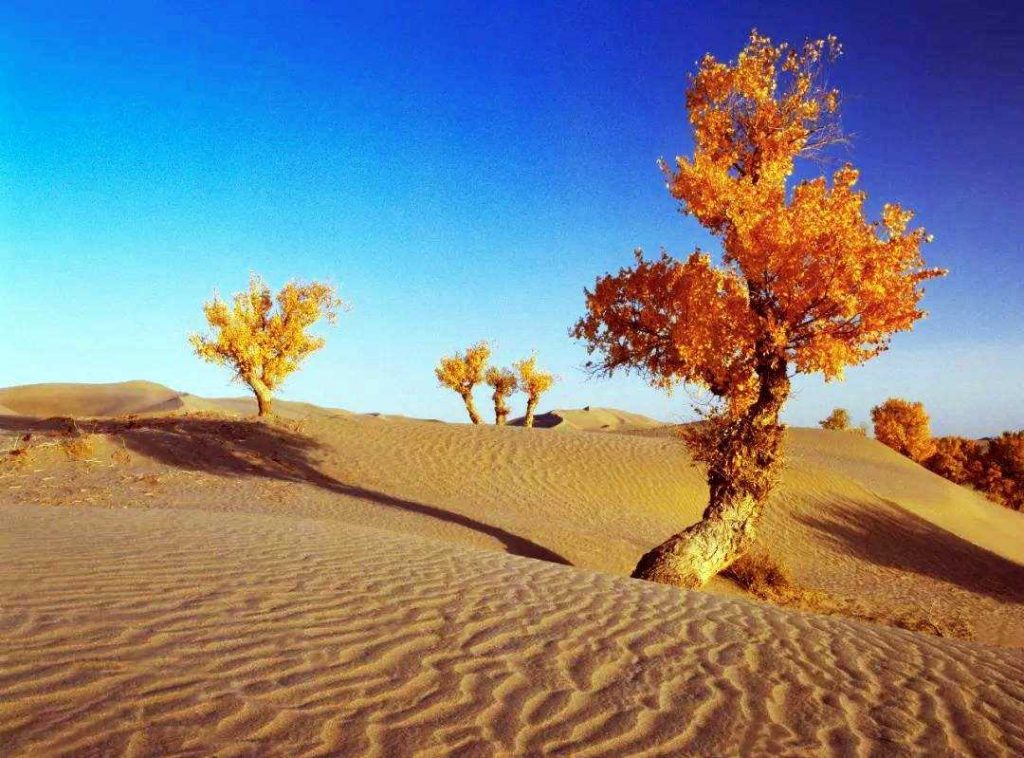
An extremely relaxed bunch, the locals spend the sizzling summers lounging in ubiquitous snack shops. They chat, smoke and sip salty milk tea. Attire is comfortable and diverse. The older men sport Abraham Lincoln beards and doppi (skullcaps), hich are fur lined in winter. The younger men wear neat shirts, with sleeves rolled to the elbows and long pants. Women’s fashion is more yaried, a few are in head to-toe burkhas and some sport headscarves; many are summer and children can be Sec ow-hued dresses and long skirts. Sandals are very popular in ves in rainp pattering about barefoot.
